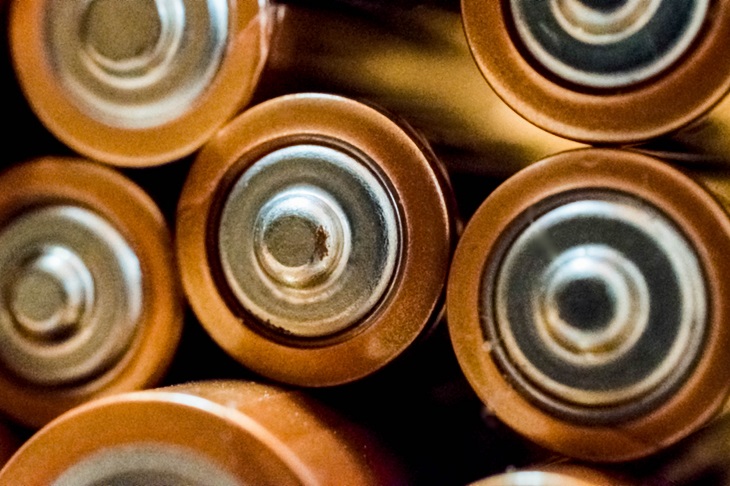The replacement of fossil fuels (and nuclear) by wind and solar is said to be a ‘transition’ implying, like that from sail to steam and horse to motor power, that this is being inexorably pushed by consumers adopting a lower cost technology. In fact, the ‘transition’, wherever it is taking place, is due to government subsidies and regulations. Not one significant unit of wind or solar power generation anywhere in the world has been installed without such assistance.
Moreover, a wind/solar-rich electricity system requires expensive features that are naturally present or available at a trivial cost in systems dominated by coal, gas, or nuclear generation. Among these are ‘system strength’ and frequency control, both of which are automatically present in the ‘synchronous’ spinning machines in coal, gas, and nuclear plants but need to be carefully managed and separately arranged for the ‘asynchronous’ wind and solar facilities.
A solar/wind system also requires considerably more transmission – probably at least four times as much as conventional systems – in order to bring electricity from the inescapably less dense solar and wind facilities. Compared to the current value of the national transmission system of $21 billion, the government has stated that $100 billion (an additional ‘$20 billion direct investment unlocking $58 billion of private co-financing’) will be needed to make a renewable rich national transmission system fit for purpose.
But the greatest cost is how to ensure a system based on variable wind and solar energy can operate to the standards required of a contemporary society. The solution is first, to overbuild the variable facilities in the hope that this will offer a geographic spread to iron-out erratic supplies of sunshine and wind, and secondly to arrange for storage through batteries or pumped hydro facilities like the Snowy 2.
For Australia, a ballpark cost estimate is offered by CSIRO’s Chief Energy Economist Paul Graham, who reckons Australia will need to spend $500 billion to convert the current (coal-based) system to renewables. This is half the cost he estimated five years ago.
$500 billion is twice the value of the current system, (offset by coal and gas fuel savings that amount to perhaps 5 per cent of total costs). Even so, the CSIRO appear to have massively understated the cost.
David Wojick examined the estimated costs of batteries for America. Noting that at present Tesla charges $US650,000 per megawatt hour for the batteries themselves and that a ‘fantastically low estimate’ of future costs offered by the US National Renewable Energy Laboratory speculates this may fall to $US143,000 per megawatt hour, the battery costs for the US would be $US150 trillion and $US36 trillion respectively. That is for a $US23 trillion economy.
Batteries have only a ten-year life. Thus, without even counting their progressive deterioration, this means in the US the energy ‘transition’ element of electricity storage alone would cost somewhere between 24 and 60 per cent of GDP per year. On top of this we have the poles and wire costs and the costs of the wind/solar generators themselves.
Such extraordinary estimates should come as no surprise in Australia.
Paul McArdle, head of the highly regarded consultancy WattClarity, showed that even if there was an overbuild resulting in up to 20 per cent of the wind having to be wasted at any one time, with a perfectly planned and operated system 9,000,000 megawatt hours of storage would be needed. This is equivalent to 25 Snowy 2 installations or 70,000 of the original Hornsdale batteries at a price tag of $6.3 trillion or close to three times the Australian GDP. With a ten-year battery life, this would require an impossible annual expenditure on the battery element of supply equivalent to 30 per cent of GDP each year!
This estimate has received corroboration.
ARENA is funding eight batteries costing $2.7 billion and totalling 2,000 megawatts (power output capacity) with 4,200 megawatt hours (energy storage depth). That is just two hours of full output to flatten the batteries. 2,000 megawatts is five per cent of total grid demand in 2030, when AEMO’s forecast maximum demand is 44,000 megawatts.
Most experts believe a seven-day storage depth is the bare minimum to back up a reliable renewables grid. One week of 168 hours and multiplied by maximum demand means 7,392,000 megawatt hours in 2030. Given the announcement’s cost of $2.7 billion per 4,200 megawatt hours of storage, this is $643,000 per megawatt hour. Multiplying this ratio by the total storage required gives an eye-watering cost estimate of $4.7 trillion in 2030 or, with a ten-year battery life, 22 per cent of GDP each year.
Subsidies to wind and solar have resulted in them replacing coal to gain a 20 per cent share of electricity generation. This has already resulted in a trebling of wholesale prices. But the costs of accommodating wind and solar increase exponentially and continuing along this path will cripple the economy.
Got something to add? Join the discussion and comment below.
Get 10 issues for just $10
Subscribe to The Spectator Australia today for the next 10 magazine issues, plus full online access, for just $10.


























Comments
Don't miss out
Join the conversation with other Spectator Australia readers. Subscribe to leave a comment.
SUBSCRIBEAlready a subscriber? Log in